Is Your Ecommerce Programmatic SEO Violating These 9 Spam Policies From Google?
by
Mary Ventura - Updated
16-Sep-2024

Misusing programmatic SEO can put your ecommerce site at risk of violating Google’s spam policies. We’ll break down the nine key rules you need to follow, show you how to stay compliant, and help you avoid penalties that could tank your rankings.
Think of ecommerce SEO as setting up the perfect storefront in a bustling marketplace, but online. It’s about optimizing your platform’s elements to rank higher in search engine results so you can drive organic traffic and boost sales.
Like conventional SEO, ecommerce SEO thrives from using the right keywords. But aside from this, you need to craft a seamless experience for your customers to lead them from the first click to the final purchase.
Here, we focus on factors like product and category page content, mobile-first indexing, creating schema markups to highlight the products in SERPs, and advanced optimization for product pages, filters, and images.
Programmatic SEO is a game-changer for digital marketing. At its core, SEO is about targeting the keywords your audience uses. But here’s the kicker—many folks miss out on longtail keywords when doing their keyword research and on-site optimization, which make up 90% of search opportunities.
These keywords attract people further along in their decision-making process, meaning higher conversion rates.
Now, targeting thousands of longtail keywords manually? That’s a nightmare. Old and manual methods for SEO and even paid media management campaigns just can’t scale to that level of complexity if you’re relying on manual methods. But not with programmatic SEO.
Using AI, it mass-produces content at scale so you can target these low-competition keywords and enhance your visibility in SERPs. This kind of scalability allows your business to grow without the headache of manual content creation.
For ecommerce websites, this is gold. With thousands of products on your inventory, you have thousands of keywords to target too, right?. Programmatic SEO helps you efficiently capture this traffic so you can drive higher intent visitors to your site and boost conversions.
What does it look like in real life?
eBay serves as a great example of a company that likely leverages programmatic SEO. They have, if not thousands, millions of products to sell. With that vast inventory comes an equally massive number of longtail keywords they can target.
Let’s say you have an extensive range of vacuums on your website too. While your standard categories might cover a broad range, manually creating additional category pages can take such a long time.
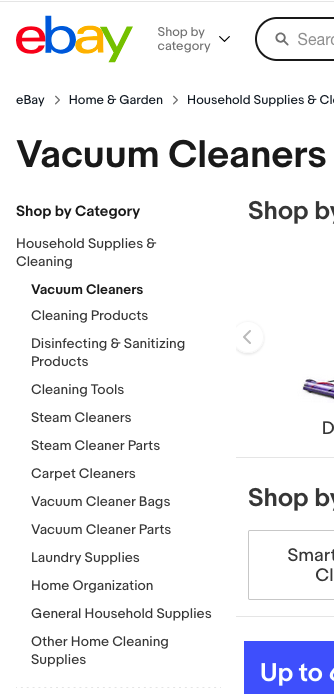
But with programmatic SEO, you can use AI to mass-produce these pages. For example, when a user searches for terms like “HEPA vacuum cleaners” or “cordless vacuum cleaners,” your programmatic SEO pages could appear on the SERPs.
These pages will be seamlessly integrated into your site, featuring similar content and layout to each other. However, each is uniquely optimized for its specific search term.


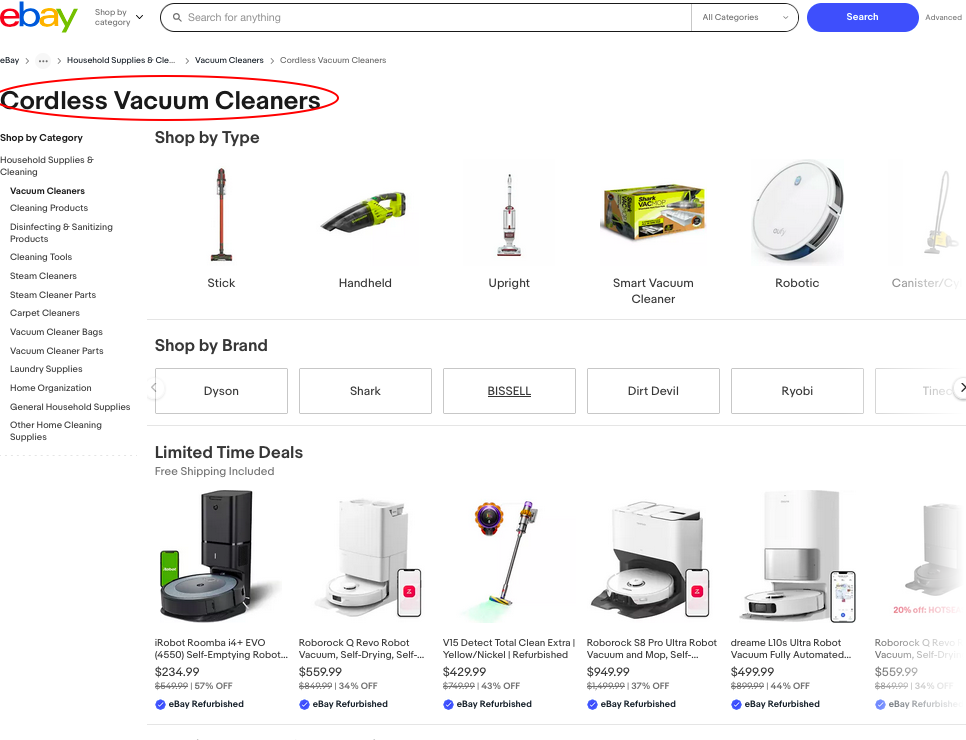
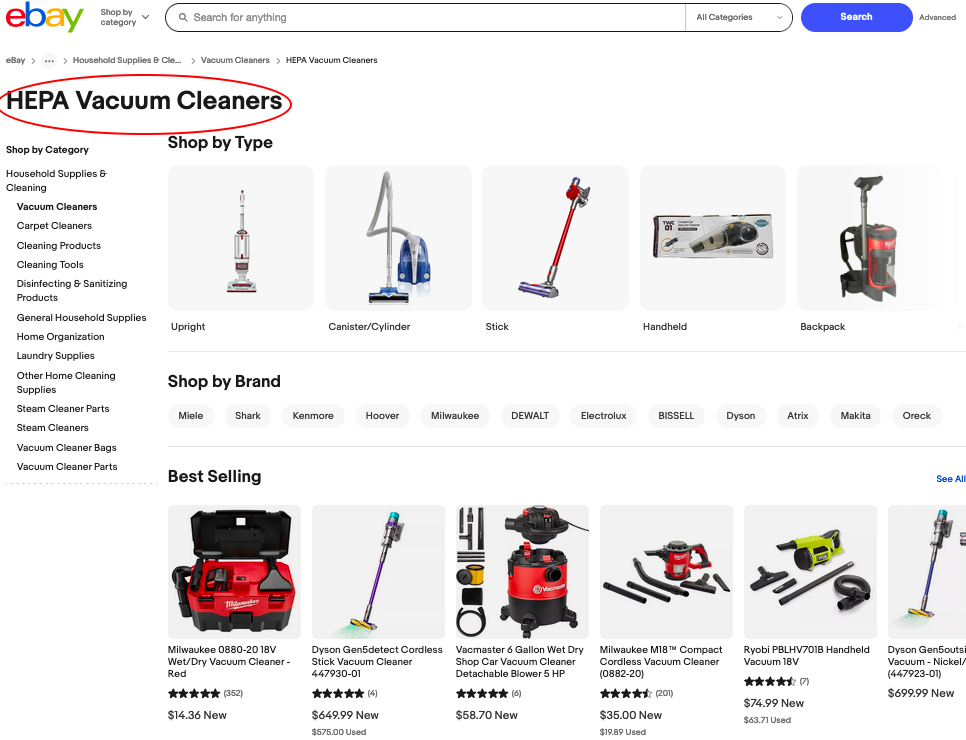
Programmatic SEO isn’t just for category pages; it can be incredibly effective for generating product pages as well.
Programmatic SEO is fantastic for scaling content and capturing longtail keywords. But those pages need to rank first for your strategy to become effective.
Google and other search engines use algorithms and ranking factors to pinpoint which listings to show on top, and your content has to play by the rules if you want to be seen. In fact, Google has specific spam policies in place that are designed to prioritize unique and quality content.
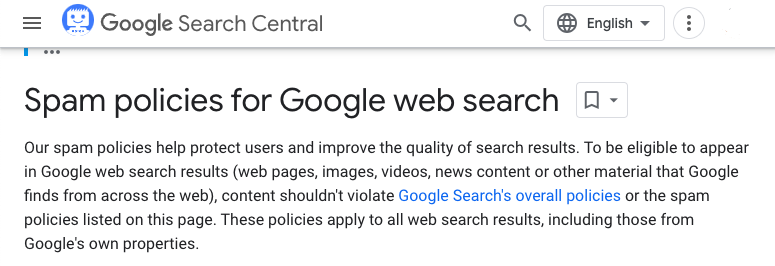
Now, here’s the risk. Programmatic SEO, by nature, mass-produces content. Without careful management, it’s easy to accidentally violate Google’s spam policies.
The consequences? Lower rankings or even complete removal from search results.
And just recently, Google tightened the screws with an update to their spam policies. This means anyone using programmatic SEO needs to be extra vigilant or else, they risk undoing all their hard work.
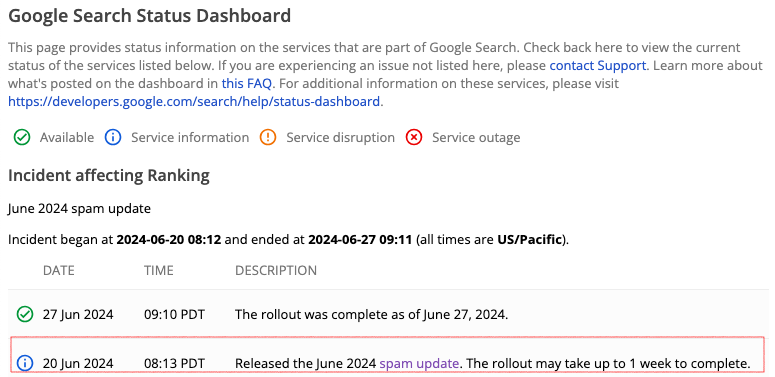
You shouldn’t take this lightly. Let me share an example of what happens when these rules are ignored.
Google’s algorithm updates are relentless in weeding out sites that engage in shady SEO practices. A boutique legal consultancy learned this the hard way, something that could have been avoided by an SEO agency with expertise in the legal field.
Using programmatic SEO, they built a series of doorway pages—pages created solely to rank for keywords like “best personal injury lawyer in Sydney” and “top corporate law firm in Melbourne.” These pages offered little value to users, serving only to funnel traffic to other parts of the site.
The firm’s troubles didn’t stop there. They had stuffed irrelevant keywords like “cheap legal advice” into their homepage meta tags, headings, and alt text. These tactics led to a dramatic 50-position drop in search rankings overnight.
As if that wasn’t bad enough, Google’s automated systems flagged the site for potential spam violations, triggering a manual review. It was discovered that the firm had been using cloaking—a practice where search engines and users are shown different content. Googlebot saw pages packed with legal keywords, but human visitors were redirected to generic service pages with little relevance.
A manual action was imposed, further sinking their rankings.
The firm’s aggressive SEO strategies, including creating dozens of doorway pages for cities where they didn’t even operate, only made things worse. Hidden text and irrelevant keywords like “affordable lawyers” further harmed their credibility. The accumulation of these offenses caused a severe drop in their domain authority, with well-performing pages now outranked by competitors.
In the end, the site was left floundering in obscurity. The firm’s most critical pages disappeared from above the fold of search results, severely damaging their ability to attract clients and maintain their professional reputation. What was once a thriving online presence became a cautionary tale of what happens when you push SEO tactics too far.
How do I avoid the same mistakes?
It’s all about knowing the key spam policies and keeping your ecommerce SEO strategies compliant. Here are things you need to watch out for.
Doorways are pages created to rank for specific queries but offer little value, with the goal of funneling users to a single destination. This might look like using a programmatic SEO tool to generate multiple landing pages for different products or categories that are essentially identical.
For example, suppose your site creates multiple pages targeting variations of the keyword “best running shoes,” each with slightly tweaked product listings or descriptions. However, these pages essentially lead to the same product catalog or purchase page.
To stay on the right side of Google’s policies, avoid duplicating pages with minor changes just to rank for different search terms. See to it that each page provides unique value and is part of a well-defined, browsable hierarchy, rather than merely acting as an entry point to funnel visitors to other parts of your site.
This is pretty straightforward. Hidden text and links are tactics used to manipulate search rankings by stuffing keywords or links that are invisible to users but readable by search engines.
For example, an ecommerce site might use programmatic SEO to churn out content stuffed with keywords like “cheap electronics” or “best deals” and hide it by placing white text on a white background or using CSS to push text off-screen.
Another sneaky trick could be hiding links within the code to artificially boost the rankings of certain pages.
These techniques may seem like a quick win, but they’re a surefire way to get penalized by Google.
To stay compliant, ensure all text and links on your site are visible and accessible to users. Avoid any techniques that hide content, whether it’s through color matching, off-screen placement, or any other method.
If you want to use dynamic content elements like accordions or sliders, make sure they enhance user experience and aren’t being used to conceal content for manipulation purposes. The goal is transparency—what you show to users should be exactly what search engines see.
Are you stuffing keywords into your programmatic content, hoping to game the system? Even if you’re not doing this on purpose, if you’re not being mindful about your approach, AI tools can automatically insert excessive keywords throughout your product descriptions or landing pages.
Just imagine a product page for “Bluetooth headphones” that repeats the phrase “best Bluetooth headphones” in every sentence, or lists out every possible location like “Bluetooth headphones in New York, Los Angeles, Chicago,” and so on. This not only looks spammy but also creates a poor user experience.
What you should do, even when using AI, is to make sure you publish natural, engaging content that prioritizes your audience over keyword frequency. Use keywords thoughtfully, weaving them into meaningful sentences and paragraphs that add value to the reader.
You can randomly run your content through online checkers like Copywritely’s Keyword Density Checker before publishing.
Simply enter the programmatic content on the platform and wait for the report to load.

Scroll down and view the full report to find out if your content is over-optimized with repetitive keywords or if it strikes the right balance.

Still, the best approach is to put yourself in the position of the user and read the content as they would. Ask yourself if the content feels natural and informative or if it seems forced and repetitive. If it doesn’t flow well or feels stuffed with keywords, chances are it’s not providing a great user experience—and that’s something both your audience and search engines will notice.
Link Spam occurs when websites manipulate search rankings by artificially creating links.
Imagine an online store that suddenly has hundreds of inbound links from irrelevant blogs or shady directories. Or perhaps it’s engaging in excessive link exchanges with unrelated sites, all in an effort to boost its rankings.
Misuse of programmatic SEO can make this issue even worse by automating the creation of these spammy links or churning out content filled with low-quality links. Google’s algorithms are sophisticated enough to spot these unnatural patterns, and the penalties can be severe.
The trick here is to shift your focus. It’s better to optimize for on-site variables like content, which have the biggest impact on SEO performance. Publish quality, engaging content that naturally attracts attention and shares.
Scraped content refers to copying material from other websites without adding any original value. This can happen when automated tools scrape product descriptions, reviews, or blog content from competitors’ sites and republish it on your own. If you scrape content from other websites, the original creators can report you under the DMCA (Digital Millennium Copyright Act), potentially leading to your website being taken down.
To ensure the content on your website is unique and avoid any legal issues, you can use tools like Copyscape to check for external duplicates, while Siteliner is useful for identifying internal duplicates.
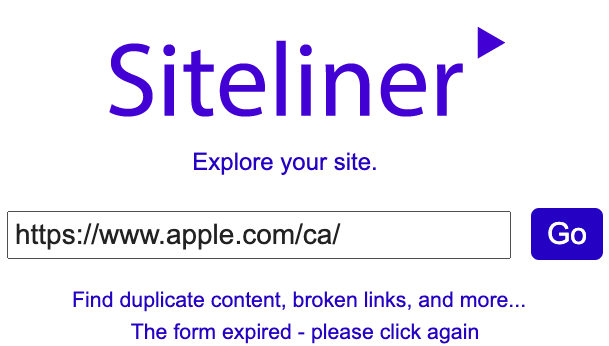
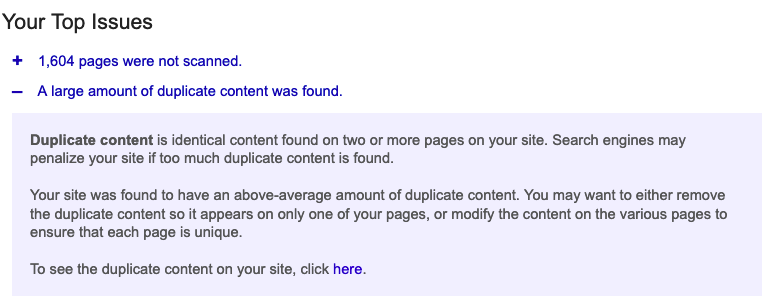
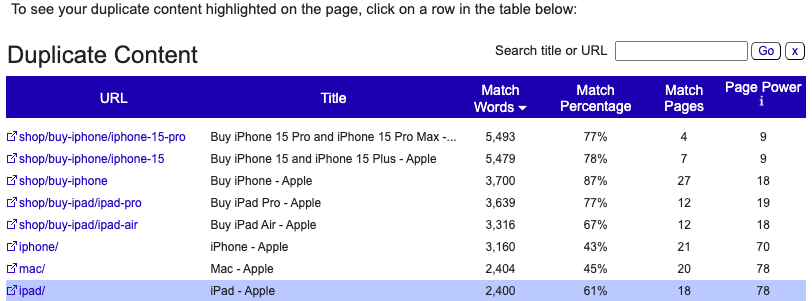
Book a free video consultation below to see how your SEO & Paid Media campaigns are performing against global benchmarks in your industry.
We’ll uncover tangible opportunities to grow your business in just 6 weeks, including: